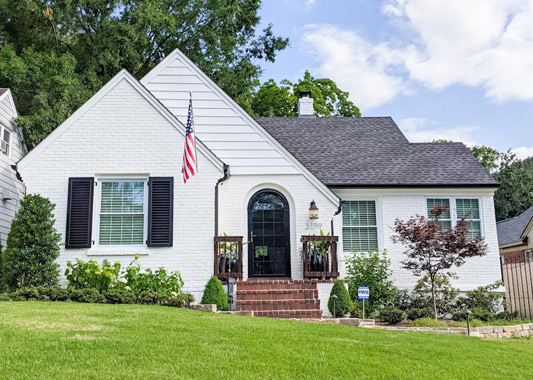Lead is a highly toxic metal that affects virtually every system of the body. While adults can suffer from excessive lead exposures, the groups most at risk are fetuses, infants and children under 6. Congress passed the Residential Lead-Based Paint Hazard Reduction Act of 1992, also known as “Title X”, to protect families from exposure to lead from paint, dust, and soil.
According to Section 1017 of Title X, “lead-based paint hazard is any condition that causes exposure to lead from lead-contaminated dust; bare, lead-contaminated soil; or lead-based paint that is deteriorated or intact lead-based paint present on accessible surfaces, friction surfaces, or impact surfaces that would result in adverse human health effects”. Lead-based paint is defined as any paint, varnish, stain, or other applied coating that has 1 mg/cm2 (or 5,000 ug/g by weight) or more of lead.
According to the EPA, the most common sources of lead poisoning are from deteriorating LBP, lead contaminated dust, and lead contaminated residential soil.
How can LBP affect me?
Lead poisoning can occur from the inhalation of lead dust or the ingestion of paint chips or soil that contains lead. Lead poisoning is more dangerous to children primarily because children’s brains and nervous system are more sensitive to the damaging effect of lead. Long-term exposure to lead can lead to brain damage, nervous system damage, behavior and learning problems, slowed growth, hearing problems, and headaches.

Adults can also suffer from lead poisoning. Side effects of lead poison include reproductive problems, muscle and joint problems, high blood pressure and hypertension, memory and concentration problems, and nerve disorders.
What can I do?
If your home or building was built before 1978, there’s a good chance that LBP is present. Similar to ACMs, LBP in good condition generally will not pose a threat to the building occupants.
If the paint is peeling, chipping, chalking, or cracking, contact Partner today for an inspection and sampling to determine if LBP is present.
Here are some things you can do to reduce your risk of exposure:
- Leave undamaged painted surfaces alone. Don’t sand or remove the paint without sampling to confirm if lead is present
- Clean up paint chips immediately
- Keep children from chewing window sills or other painted surfaces
- Contact Partner or another trained/qualified inspector to first determine if LBP is present by sampling the material and then removing or encapsulating it
- Should the material remain onsite undisturbed, Partner can create and implement measures to guide you on how to handle LBP in the future
Information from http://partneresi.com/Abestos_Lead_Surveys.htm



 Photo Credit: Caldwell House, TN
Photo Credit: Caldwell House, TN